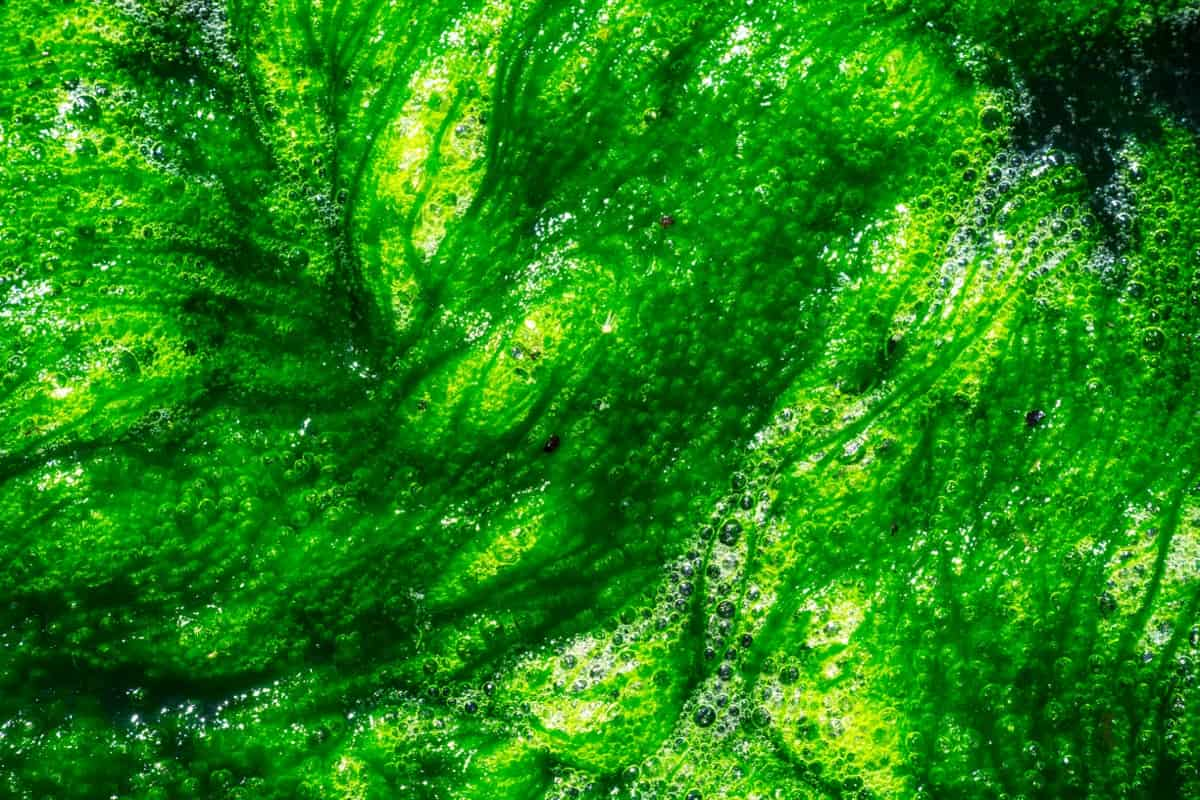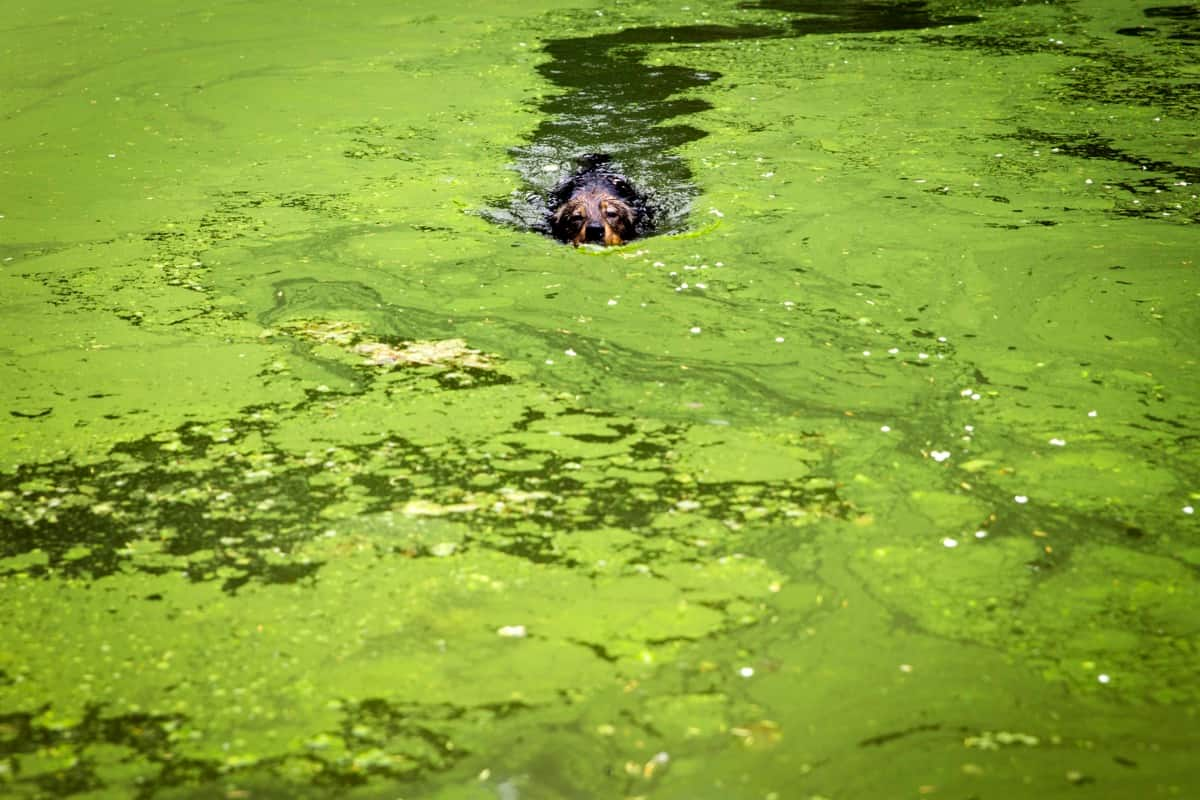Algae farming is an innovative and eco-friendly method of producing biofuel and food. Algae are photosynthetic organisms that grow in water and can produce oil, protein, and carbohydrates. They can be cultivated in ponds, tanks, or bioreactors and are known for their high productivity and fast growth rates.

Algae farming at home in India is gaining popularity as a sustainable alternative to traditional farming methods. Here is a detailed step-by-step guide on starting algae farming at home in India for biofuel and food production. Below we learn the best way to grow algae for biofuel and food and the role of algae in biofuel production.
Algae Farming at Home
Type of Algae to Grow
There are different algae types, each with unique characteristics and requirements. Some algae are better suited for biofuel production, while others are more suitable for food production. Some common algae species used for biofuel production include Chlorella, Nannochloropsis, and Spirulina. For food production, Chlorella and Spirulina are the most commonly used. Choose the type of algae that best suits your purpose.
Growing System
Algae can be grown in various systems, including open ponds, closed systems, and hybrid systems. The choice of growing system depends on the scale of production, the type of algae, and the available resources. Open ponds are the most cost-effective but require a large surface area and are prone to contamination. Closed systems such as photobioreactors (PBRs) are more efficient but more expensive to build and maintain. Hybrid systems combine the benefits of open ponds and closed systems and are suitable for small-scale production.
Set up
Once you have chosen the growing system, you must set it up. If you are using open ponds, select a site with plenty of sunlight and access to a water source. Dig the pond, and add water and nutrients to create the ideal growing conditions for the algae. You must set up the PBR or other equipment for closed systems according to the manufacturer’s instructions. Follow the instructions carefully to ensure that the system is set up correctly.
Obtain the Algae Starter Culture
Algae starter cultures are available from various sources, including research institutions, suppliers, and other algae farmers. Ensure that you obtain the correct species of algae and follow the instructions for handling and storing the culture.
Monitor
Algae require specific growing conditions to thrive, including temperature, light, nutrients, and pH. Regularly monitor these conditions and adjust them as necessary to ensure optimal growth. Keep a record of the algae’s growing conditions and growth rate to help you troubleshoot any problems.
Harvesting
The harvest timing depends on the type of algae and the intended use. For biofuel production, the algae are harvested when the oil content is highest, while for food production, the algae are harvested when they reach the desired protein or carbohydrate content. Algae can be harvested using various methods, including centrifugation, filtration, and flocculation.
In case you missed it: Basil Plant Care: 10 Reasons Why Your Basil Plant is Wilting and How to Solve It

Process the Algae
Once harvested, the algae must be processed to extract the desired product: oil, protein, or carbohydrates. Different methods are used for processing algae, depending on the intended use. The algae are typically dried for biofuel production and then processed to extract the oil. The algae are dried and ground into a powder or turned into a paste for food production.
Market the Algae
Algae oil can be used to produce biodiesel or other biofuels for biofuel production. For food production, the algae can be used as a dietary supplement or as an ingredient in various food products. Algae are a rich source of protein, vitamins, and minerals and are used in various food products such as energy bars, smoothies, and nutritional supplements. So market your harvest according to the purpose.
Tips
- Ensure that the water source used for algae farming is clean and free from contaminants.
- Maintain the optimal growing conditions, including temperature, light, nutrients, and pH, to ensure the algae thrive.
- Regularly monitor the growth of the algae and keep accurate records to help identify and troubleshoot any problems.
- Use a high-quality starter culture to ensure that the algae grow as expected.
- Harvest the algae at the right time to maximize the yield of the desired product.
- Use proper processing techniques to ensure the algae product is high quality.
- Use the algae product as intended and avoid waste.
In case you missed it: How to Grow Red Burgundy Okra from Seed: A Step-By-Step Planting Guide

Conclusion
Algae farming is a sustainable and innovative method of producing biofuel and food. It has many benefits, including high productivity, fast growth rates, and eco-friendliness. Remember to maintain optimal growing conditions, use high-quality starter cultures, and harvest and process the algae properly to maximize the yield of the desired product. With proper care and attention, you can enjoy the benefits of algae farming and contribute to a more sustainable future.
- Feed Your Flock for Less: Top 10 Tips to Save on Chicken Feed
- Ultimate Guide to Ossabaw Island Hog: Breeding, Raising, Diet, and Care
- Hatching Answers: The Top 10 Reasons Your Chickens Aren’t Laying Eggs
- Eggs and Economics: Breaking Down the Cost of Raising Backyard Chickens
- Defend Your Greens: Proven Methods to Keep Iguanas Out of Your Garden
- Ultimate Guide to Cinnamon Queen Chicken: A Comprehensive Guide for Beginners
- Ultimate Guide to California Tan Chicken: Breeding, Raising, Diet, Egg-Production and Care
- Ultimate Guide to Marsh Daisy Chicken: Breeding, Raising, Diet, and Care
- 10 Types of Chicken Farming Businesses You Can Start for Profits